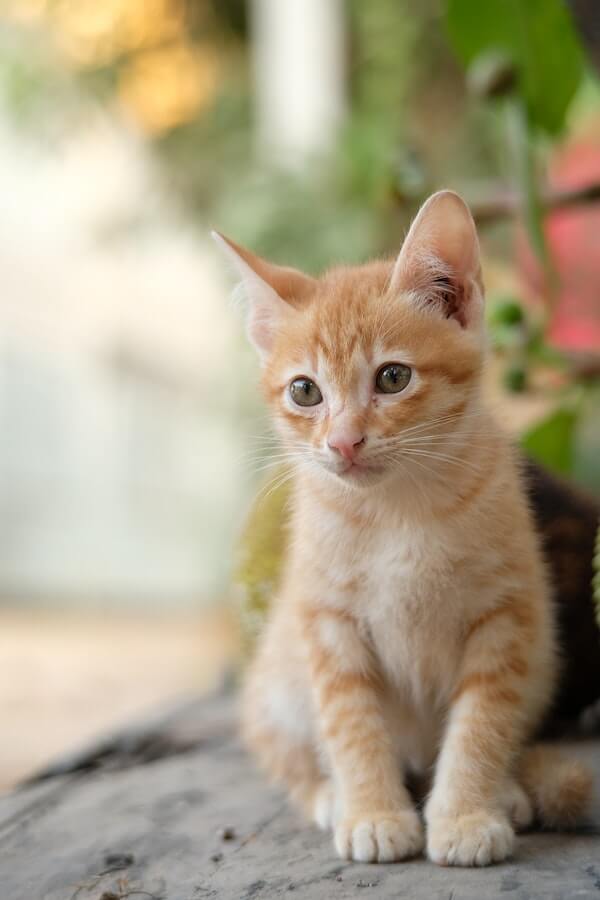
Have you ever noticed that your cat has taken a few extra steps when they walk or run? You might be asking yourself “Why is my cat limping?”.
Don’t worry. It could just be something minor such as over-exertion or an injury, but it’s important to have them checked out by a vet to make sure everything is okay.
In this article, we’ll discuss the common causes of limping in cats and provide tips for helping them heal quickly and safely. Read on for more!
Why is my cat limping?
There are several possible reasons why a cat may start limping, some of which are easily treatable and others requiring more intensive medical care. Here are five of the most common causes:
1. Injury
The most obvious reason is if your cat has been injured in some way, whether it’s due to an accident or by another animal.
Cats love to climb trees and jump from heights. This may lead to injury as they land on their feet by falling from higher places.
There could be internal or external injuries that cause pain and difficulty walking. If you suspect this is the case, see a vet sooner rather than later.
2. Arthritis
Just like humans, cats can suffer from arthritis too–especially older cats who may have already developed joint problems before they came into your home.
It’s important to monitor their activity and watch out for any signs of trouble with mobility so you can consult your vet about treatment options if needed.
3. Infections
Infections in the bones or joints can also cause a cat to start limping, and your vet may need to prescribe antibiotics or other medications to help clear it up.
4. Abscesses
If your cat’s been bitten by another animal, an abscess can form at the site of the bite and cause them pain which could lead to limping.
Make sure you’re on top of inspecting any wounds your cat has so that you can get medical attention if needed.
5. Overgrown nails
It might seem like an odd reason for limping, but overgrown nails can be uncomfortable and make it hard for cats to walk properly, causing them to limp.
Make sure you’re keeping up with your cat’s nail trimming so they don’t have this problem.
If you notice your cat limping, it’s best to take them to the vet right away so that any underlying issues can be addressed and treated in a timely manner.
It could be something as simple as an overgrown nail or an infection that requires antibiotics, but it’s always best to get a professional opinion.
The last thing you want is for things to worsen because of a delay in seeking treatment!

What should I do if my cat is limping?
If your cat is limping, it’s important to take action and help them get the care they need. Here are five steps you can take:
1. Check for signs of injury or pain.
Limping can be caused by an external injury such as a sprain, fracture, or bite wound. Carefully examine your cat’s injured leg and look for any tender areas or open wounds that could be causing the limp.
2. Make sure your cat gets plenty of rest.
Provide a soft bedding area with minimal disruption so that your pet can relax while their injury heals.
If your is in, talk to your veterinarian about pain medications to help reduce inflammation and swelling around the affected area.
3. Keep an eye on your cat’s food and water intake.
If a limping cat is in pain, they may not want to eat or drink as much as they normally would. Make sure they have fresh food and plenty of fresh water available at all times.
4. Monitor any changes in your cat’s gait.
Certain injuries can cause the muscles in the leg to weaken, making it difficult for your pet to move about as easily as before.
Observe their movements closely so you can report any sudden changes to your vet if necessary.
5. Visit a veterinarian.
Experienced vets prescribe medications that help reduce inflammation and relieve pain, so contacting them immediately is the best way to ensure that your cat is in good health.
This also helps to ensure that any underlying medical conditions are addressed before they become worse.

How do I know if my cat’s limp is serious?
If your beloved cat is suddenly limping, you may be wondering if the limp is serious. Here are three signs that a cat’s limp could be more than just a minor injury:
1. Your kitty cries out in pain when they move its leg:
If your cat yelps or meows when they try to walk on the affected leg, it’s likely that they’ve sustained a more serious injury and need to see a vet right away.
2. They won’t put any weight on the leg:
Cats usually won’t use an injured limb until it is healed, so if your cat isn’t putting any weight on the affected area at all, there’s a good chance that the limp is more than just a minor sprain.
3. The affected leg swelling or discoloration:
Swelling could be caused by inflammation, while discoloration may be a sign of bruising. Both are indicators that your cat’s limp needs medical attention as soon as possible.
If your cat shows any of these three signs, make sure to take them right away for an examination and diagnosis of their condition.
Early detection and treatment can help get your furry friend back on all fours in no time!

Conclusion
The bottom line is – if you think something is wrong with your cat’s leg or gait, don’t hesitate to get them checked out by a professional.
Your furry friend may need medical attention to recover from their limp and get back to doing what cats do best – lounging around in sunny spots and purring up a storm!


GIPHY App Key not set. Please check settings